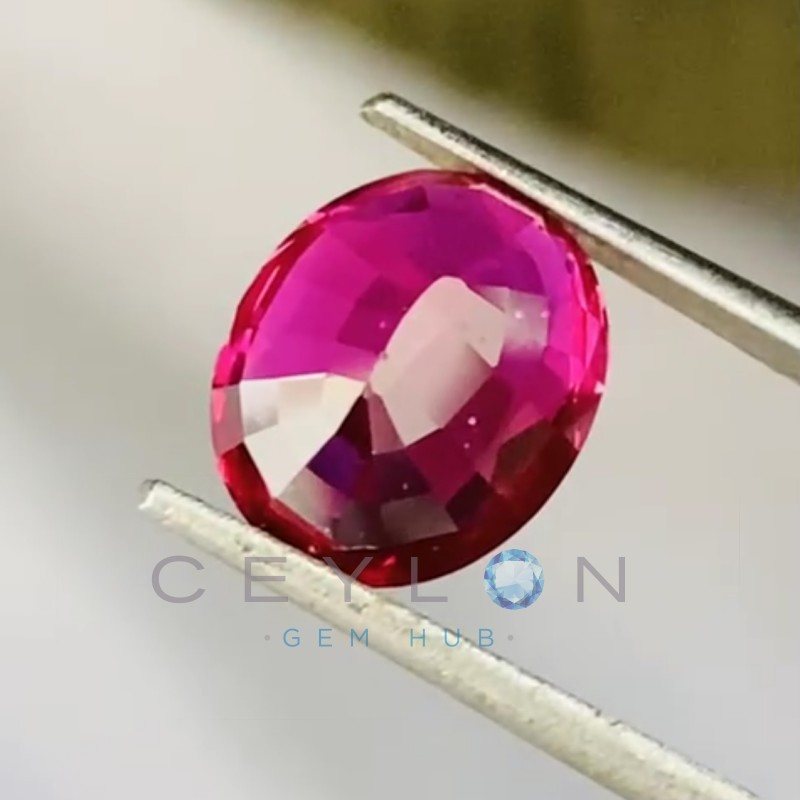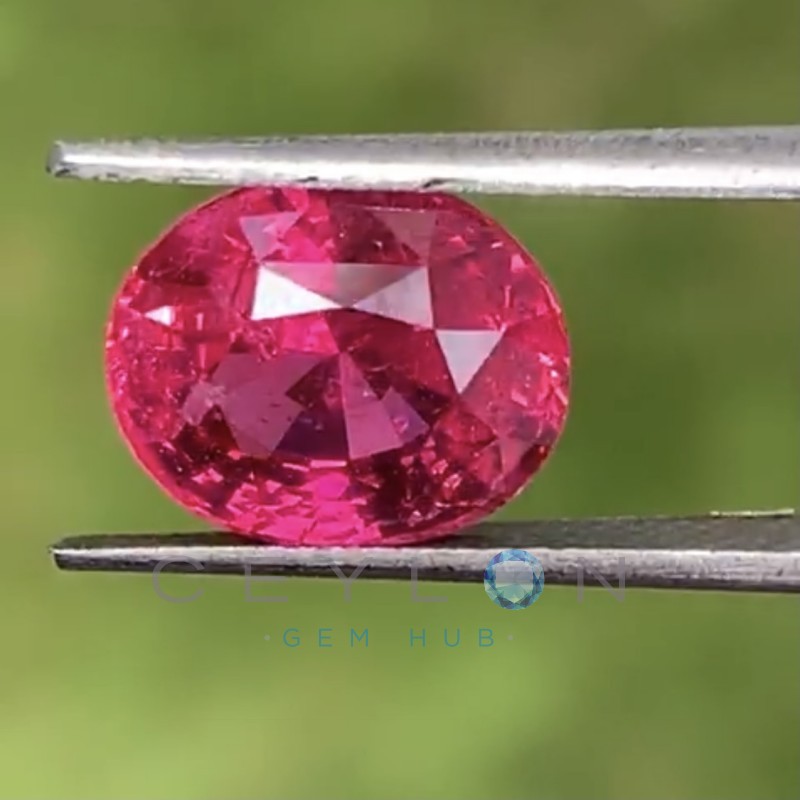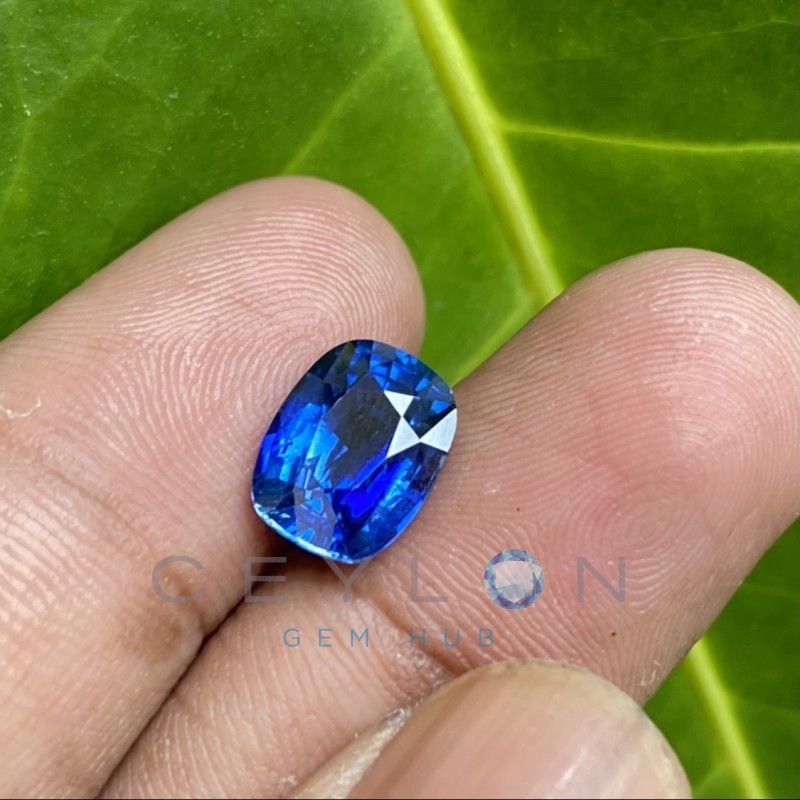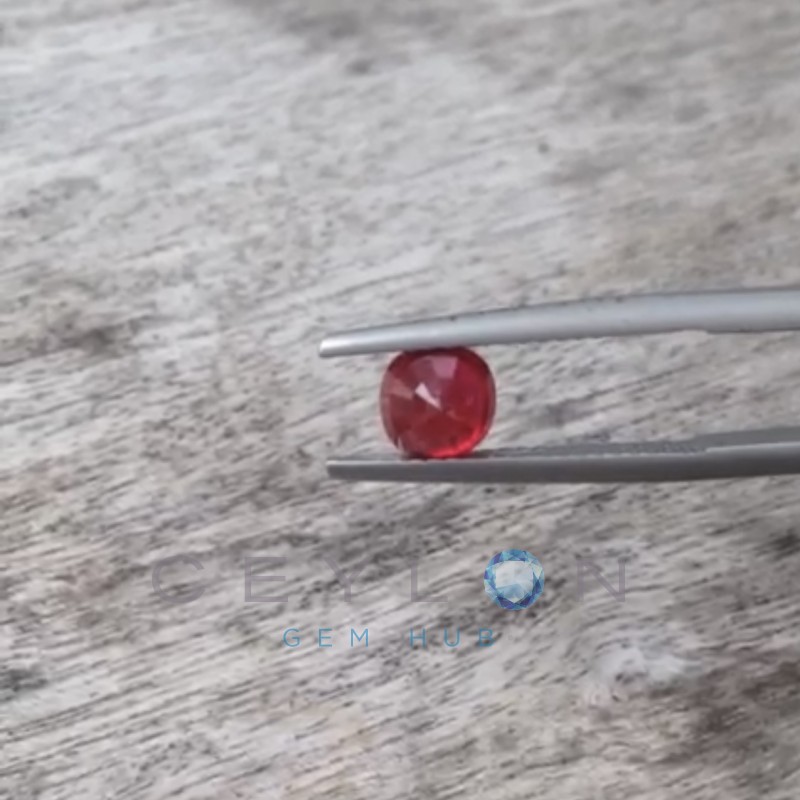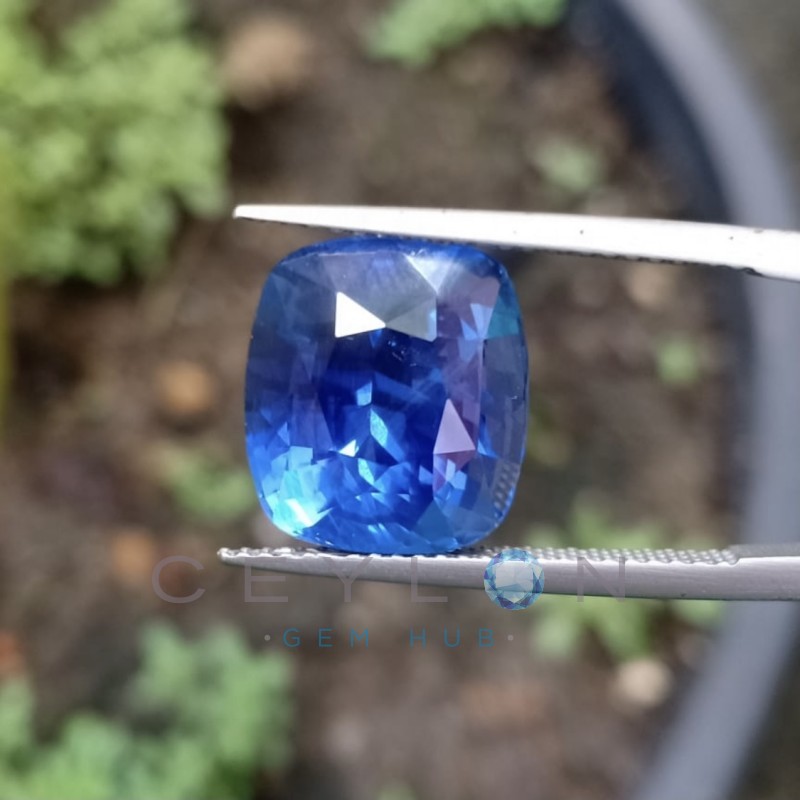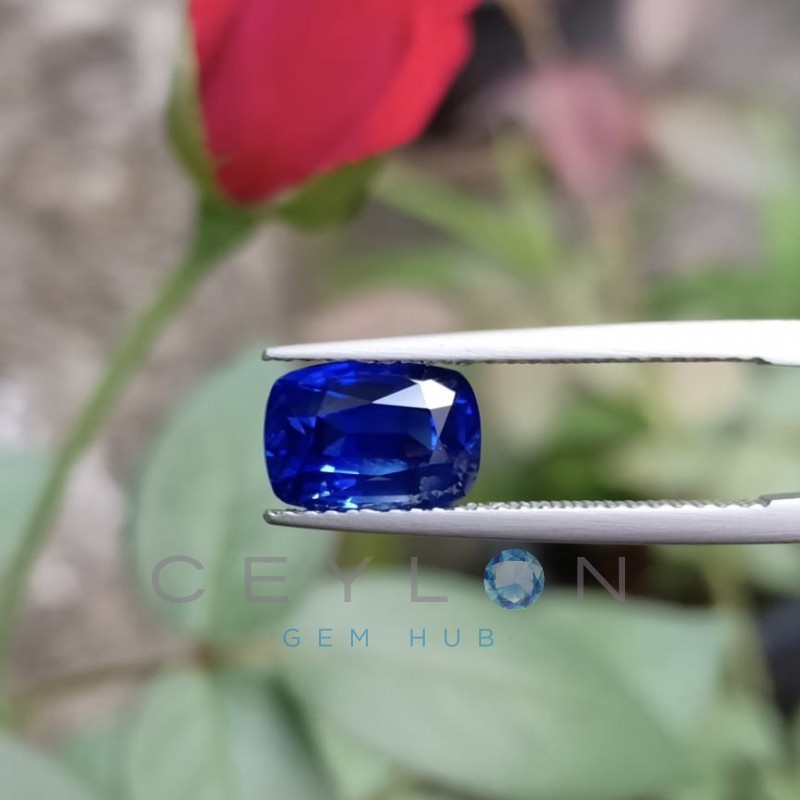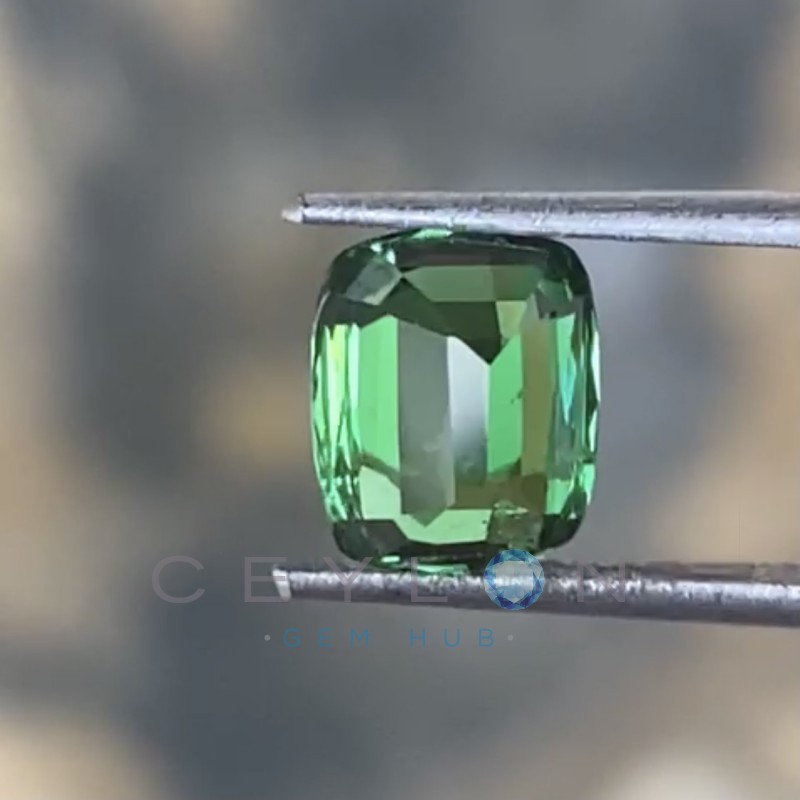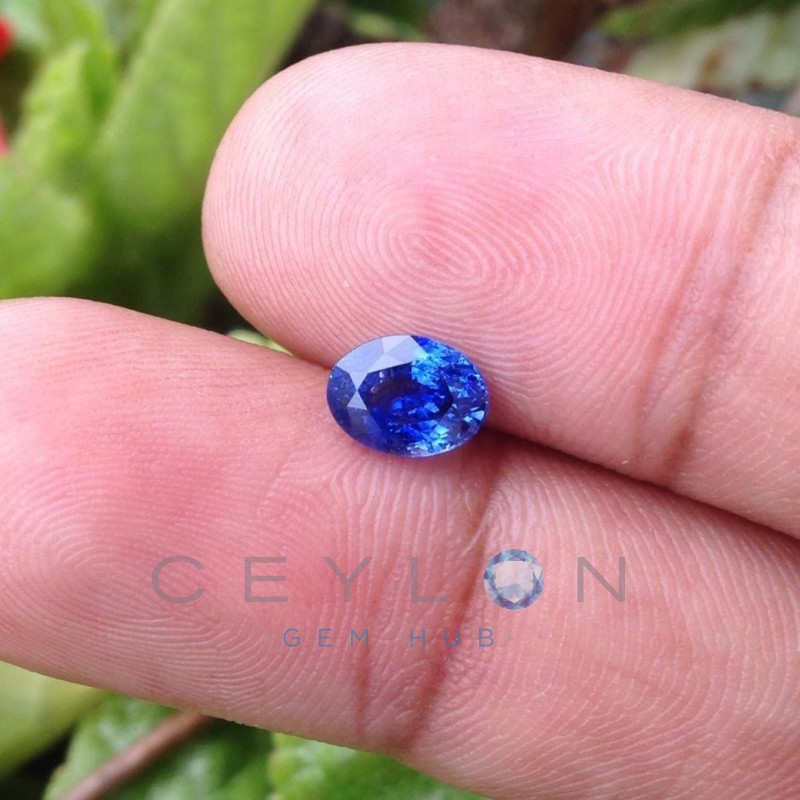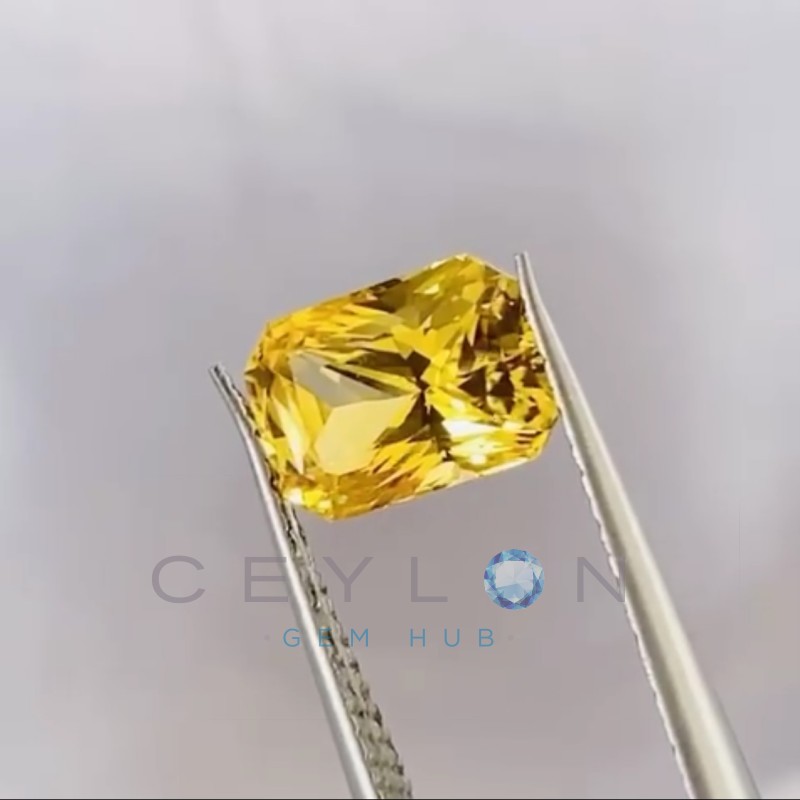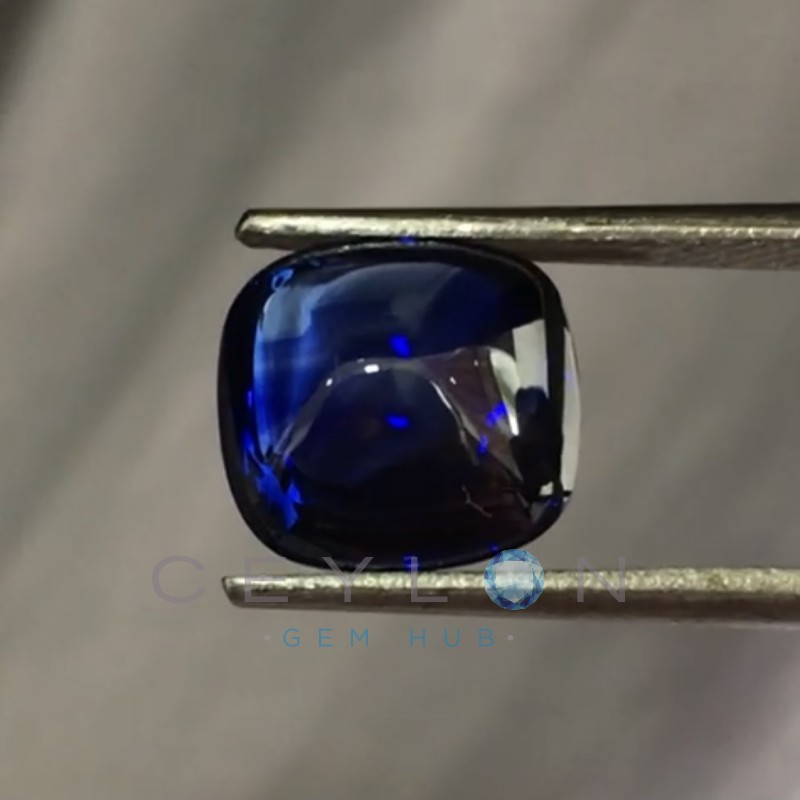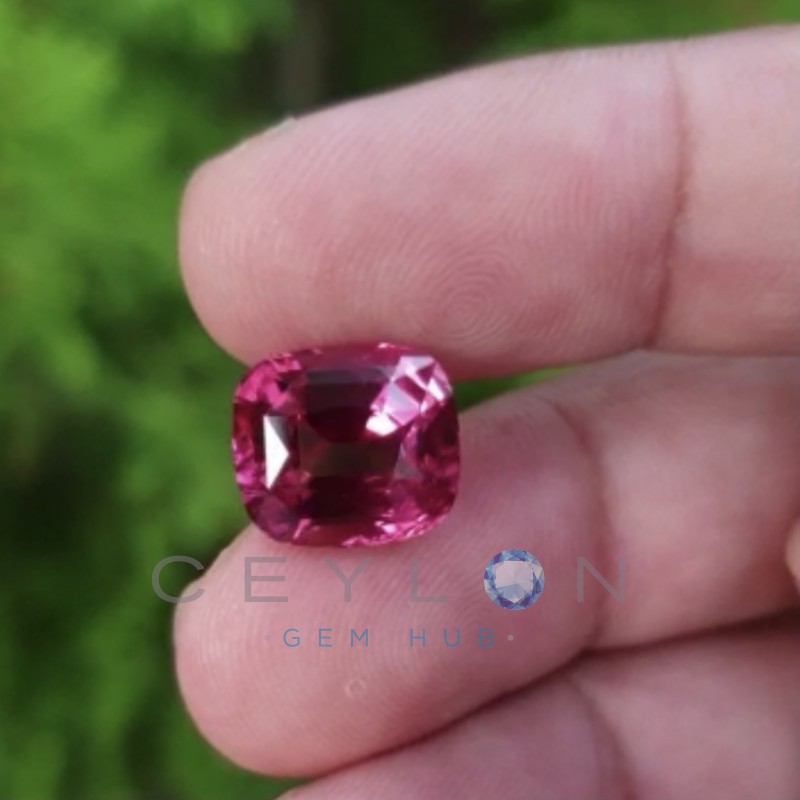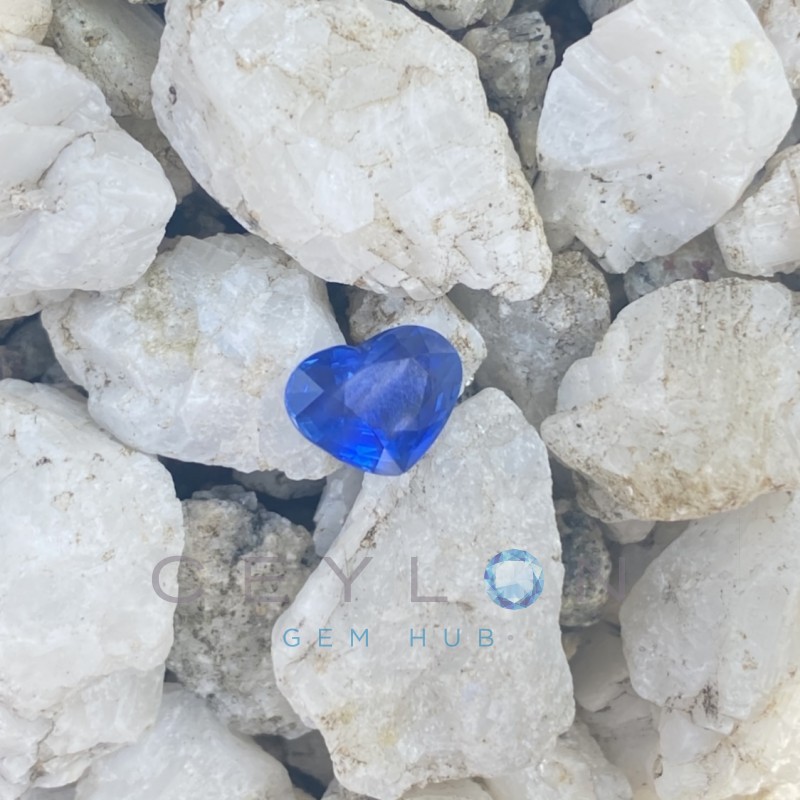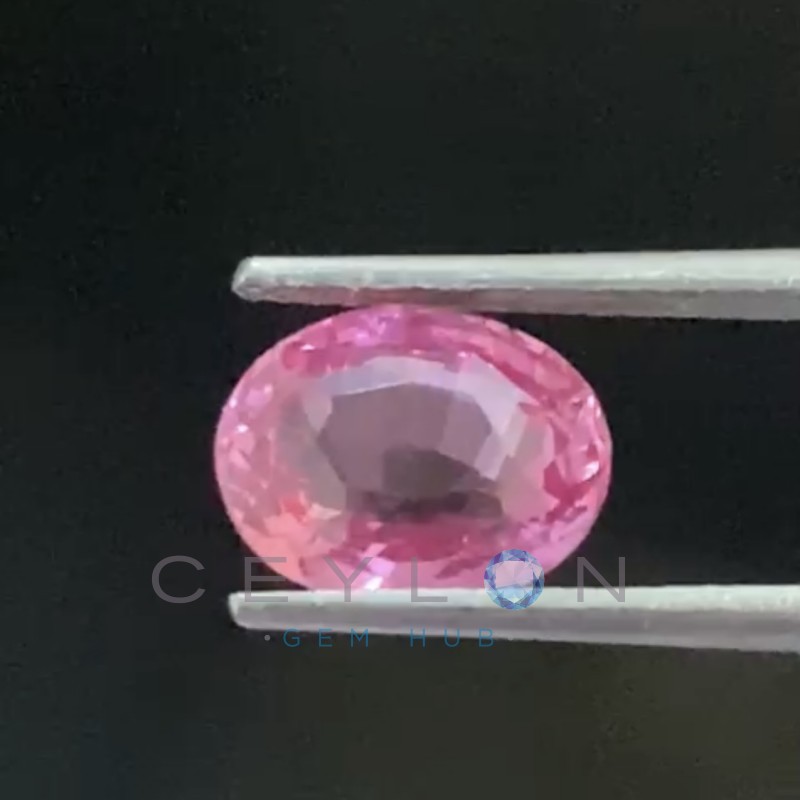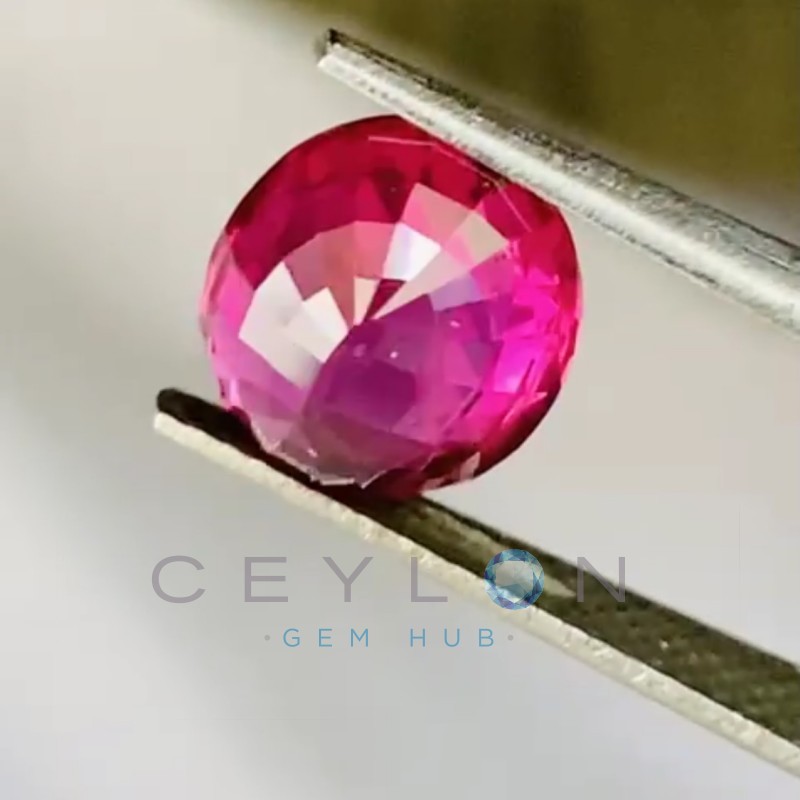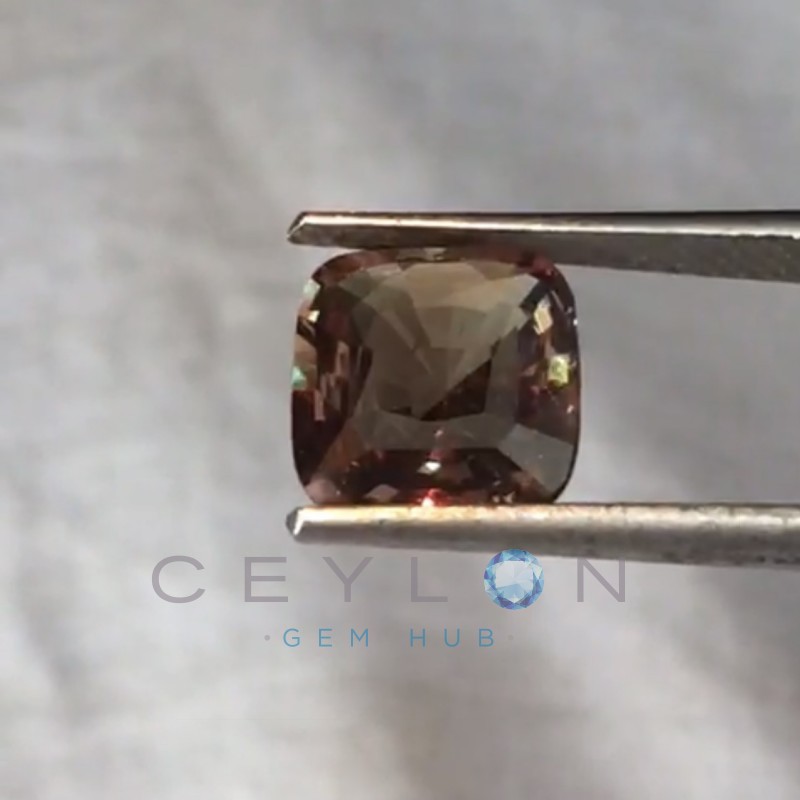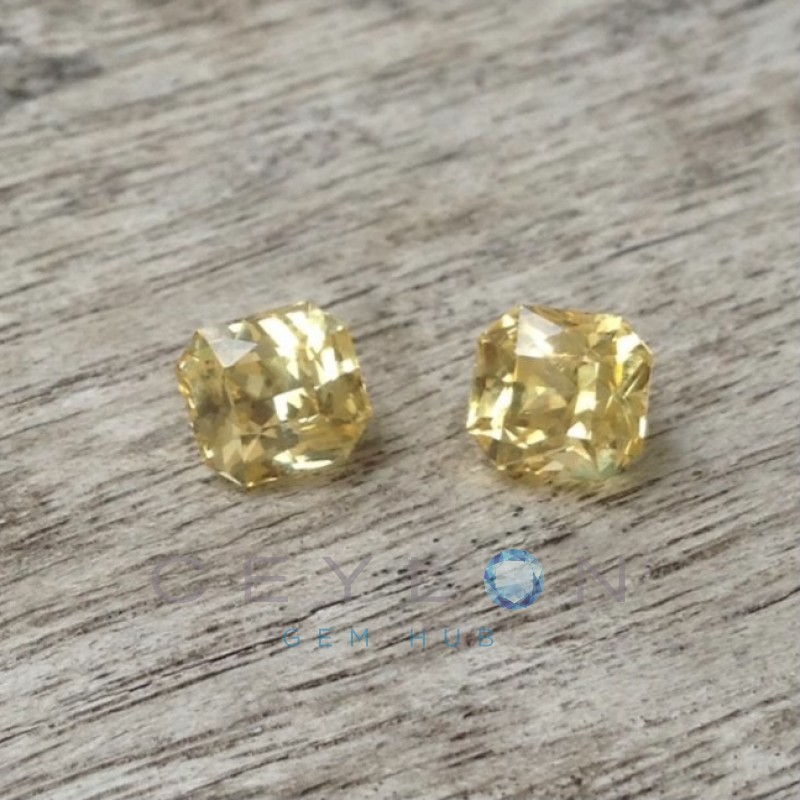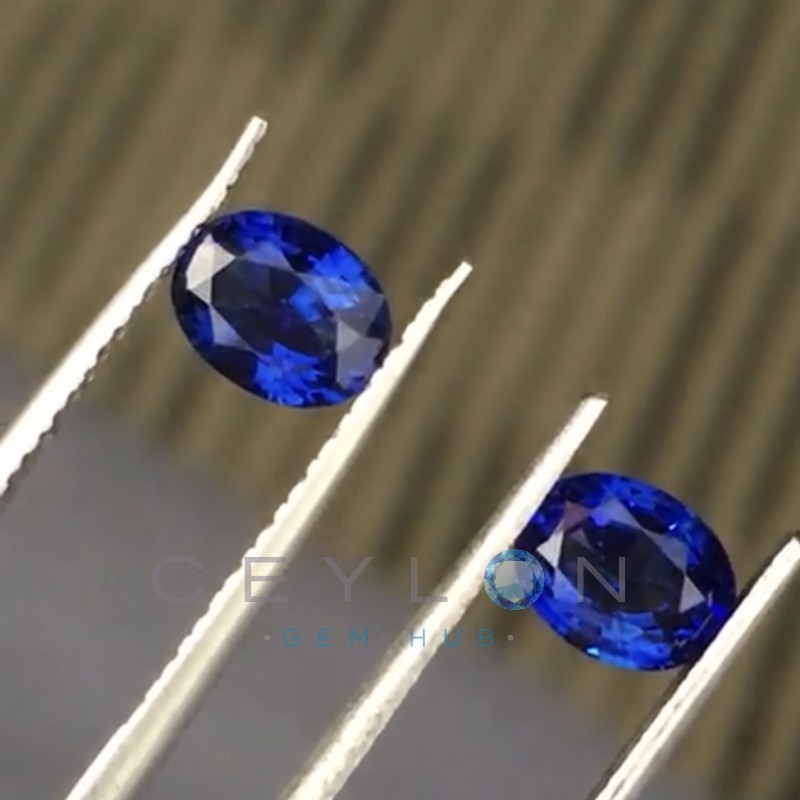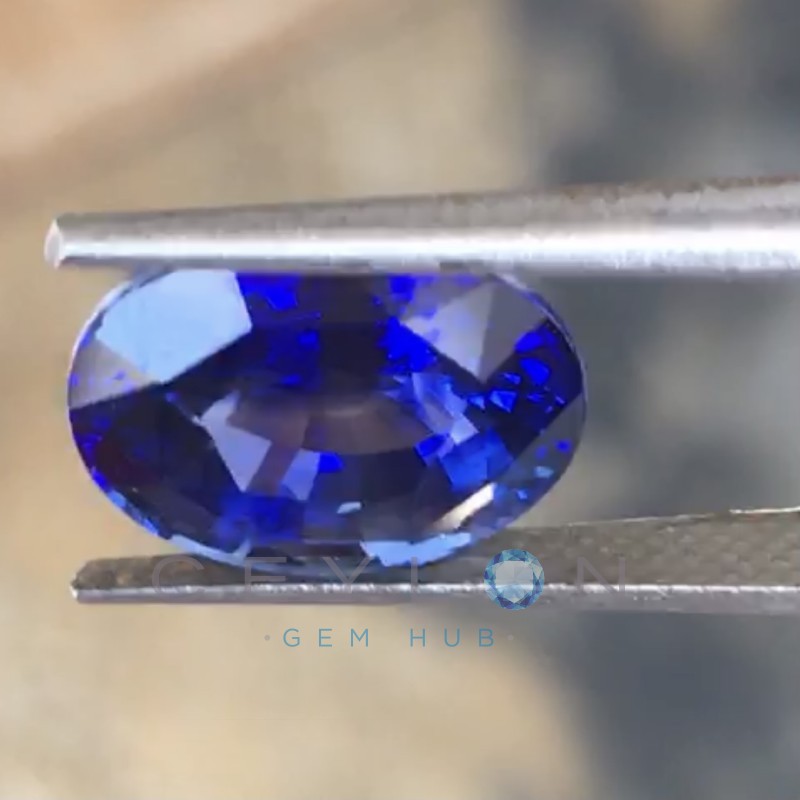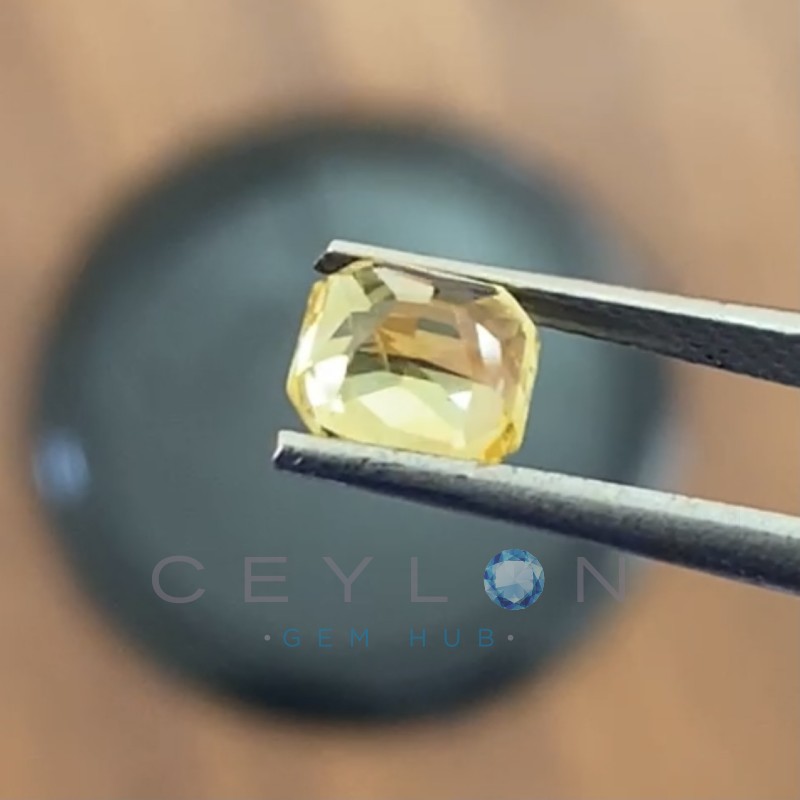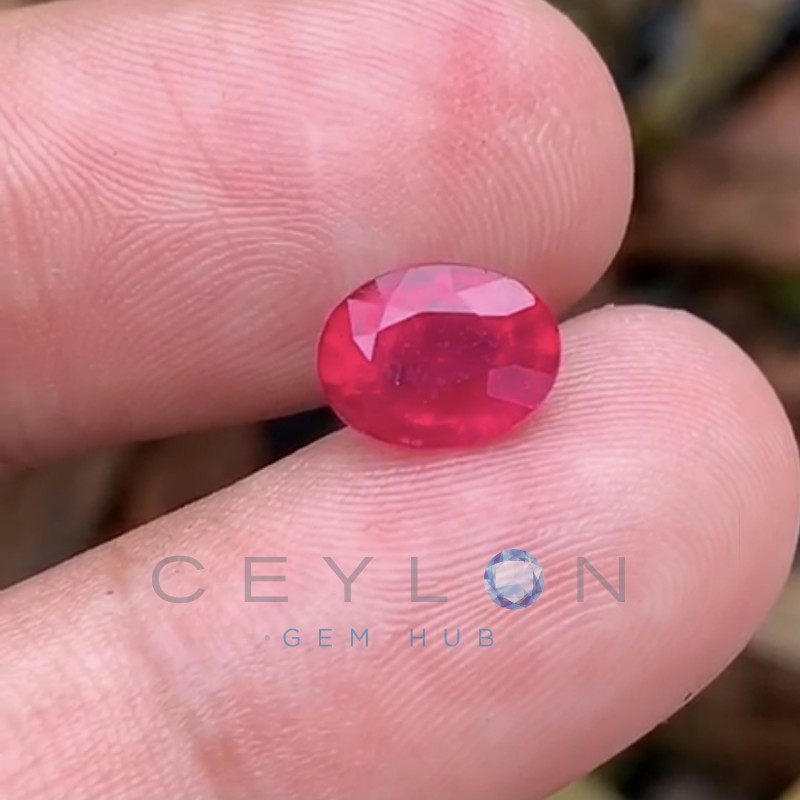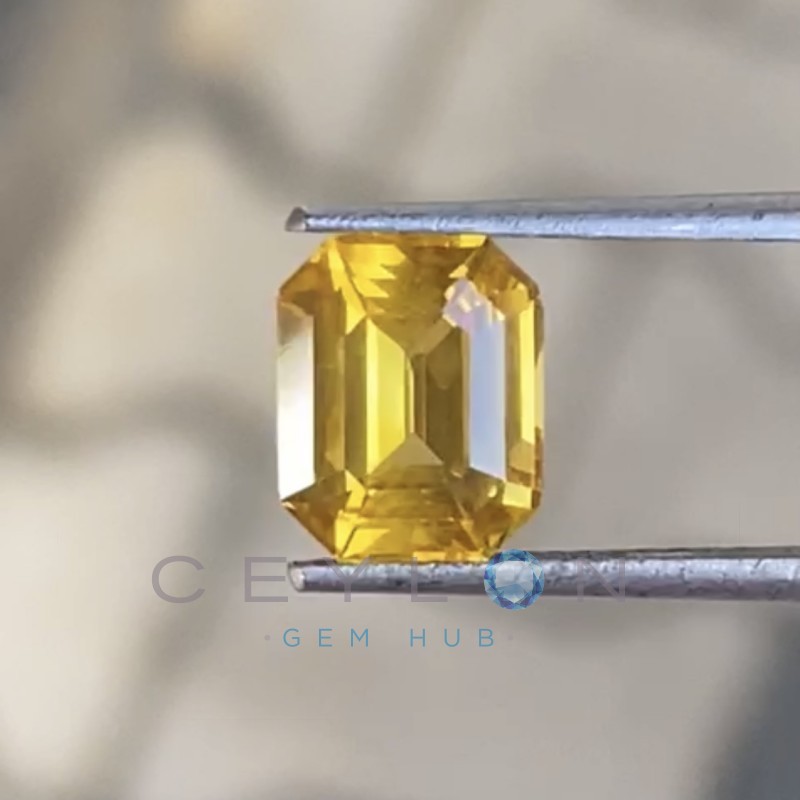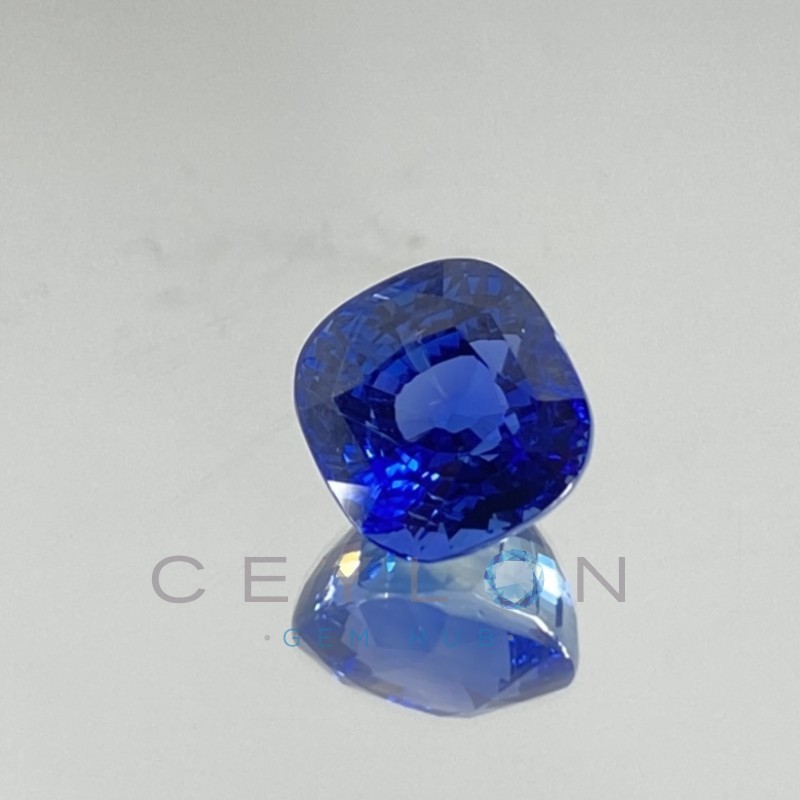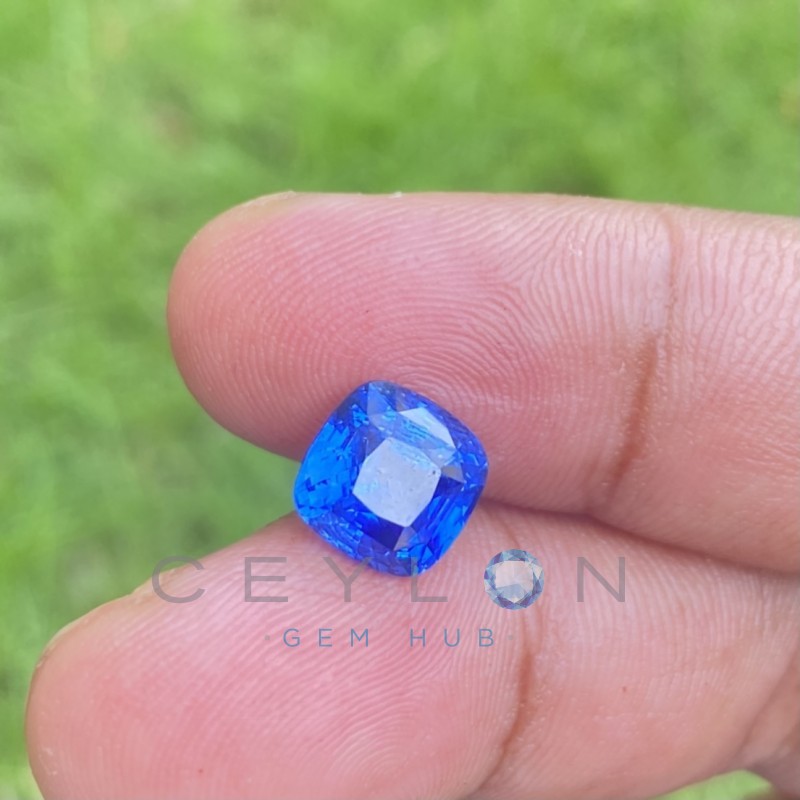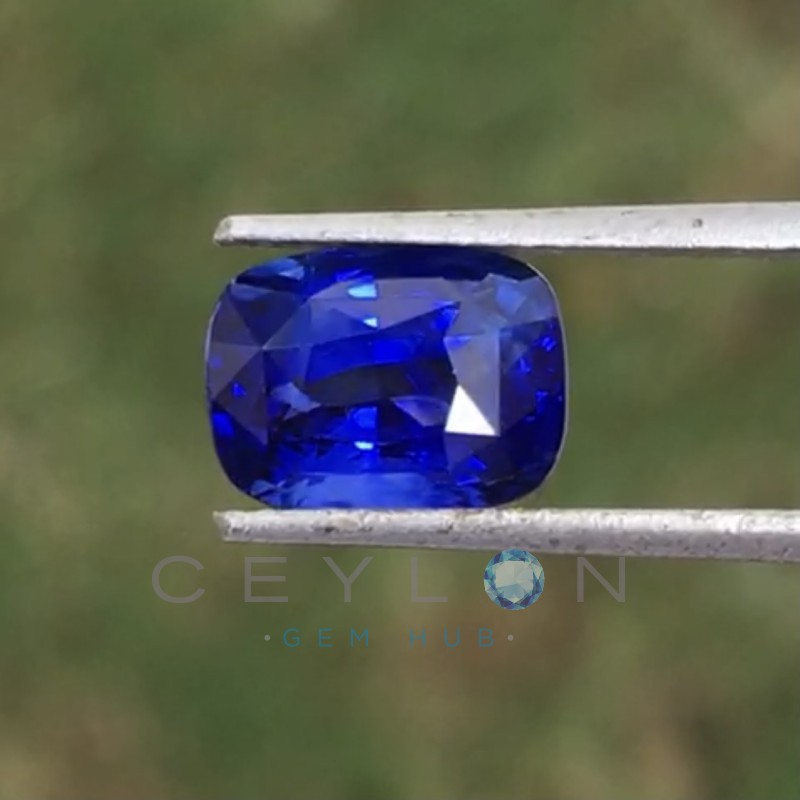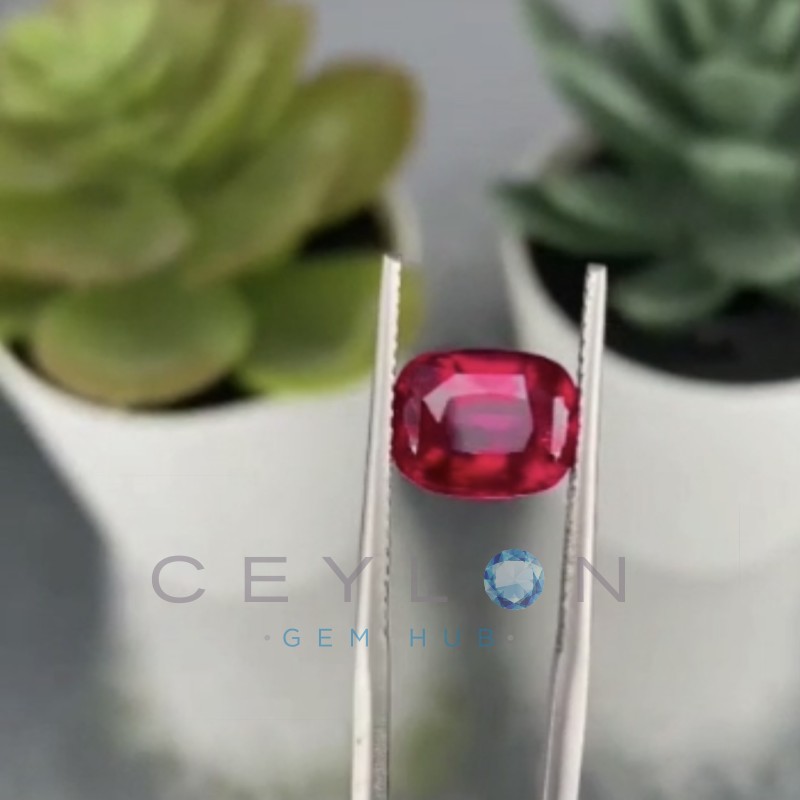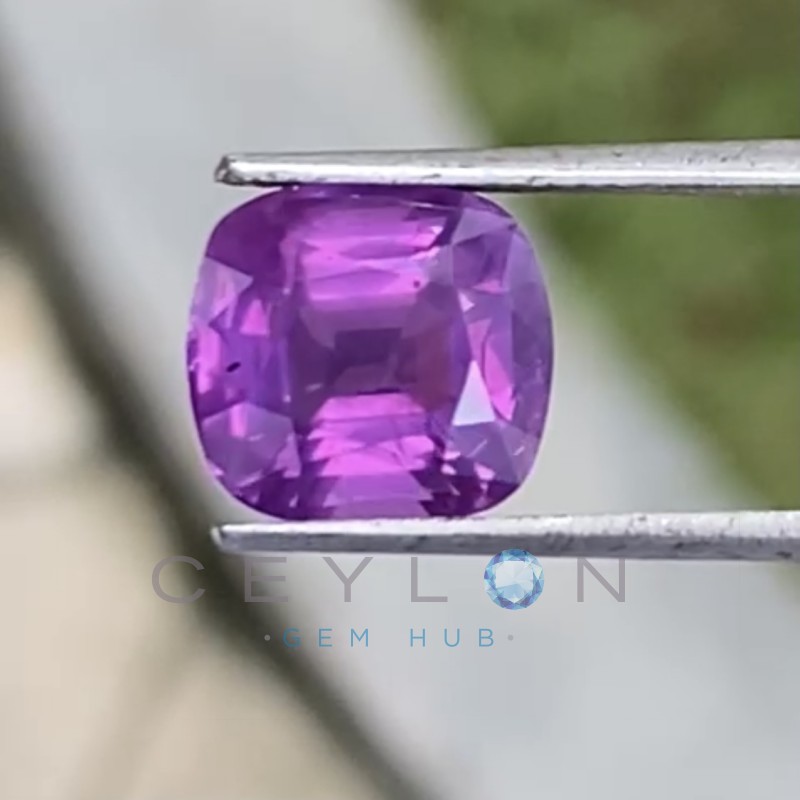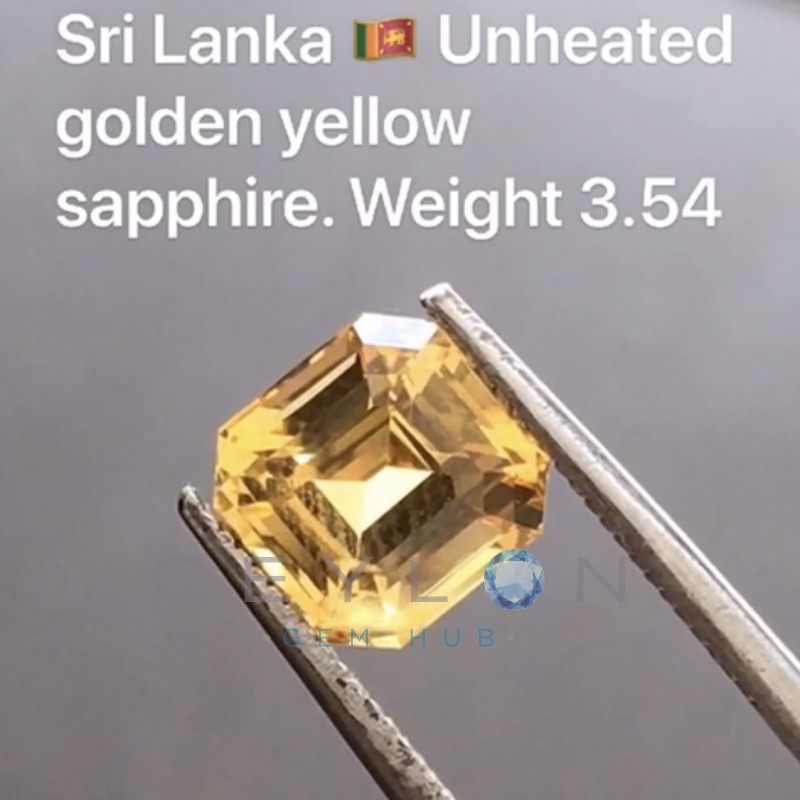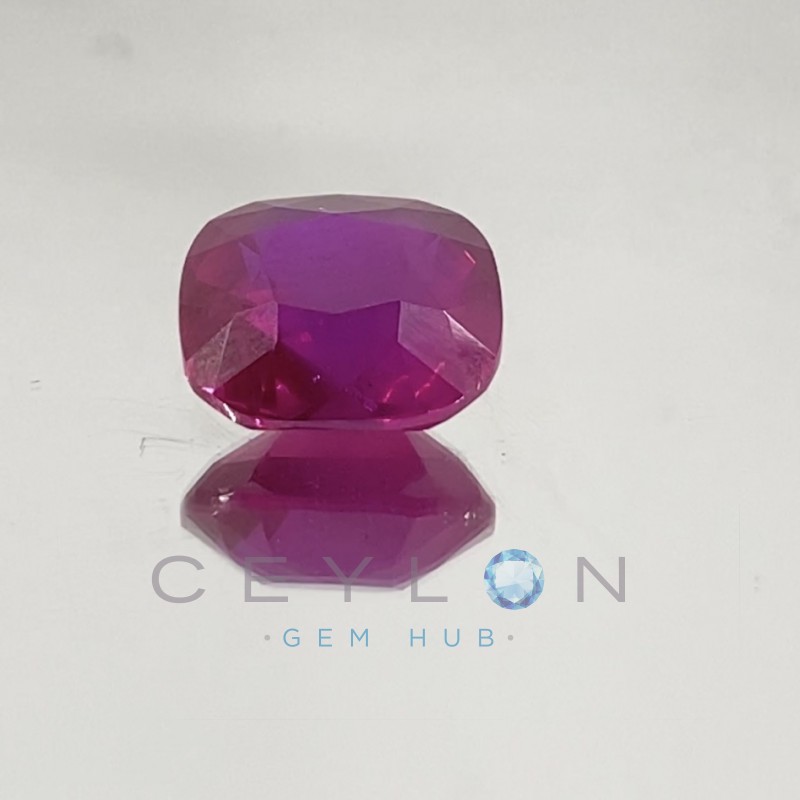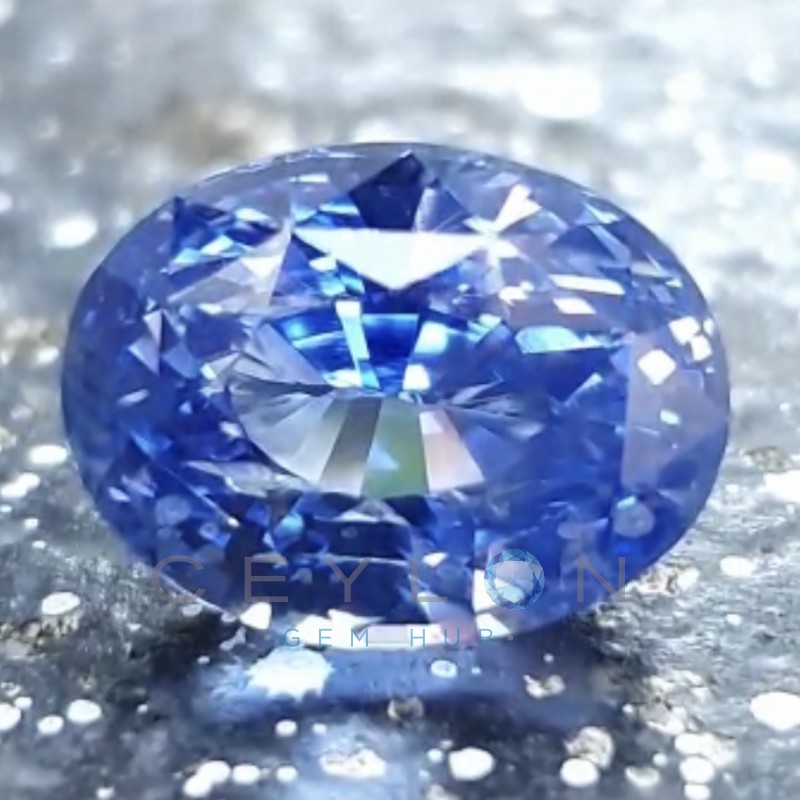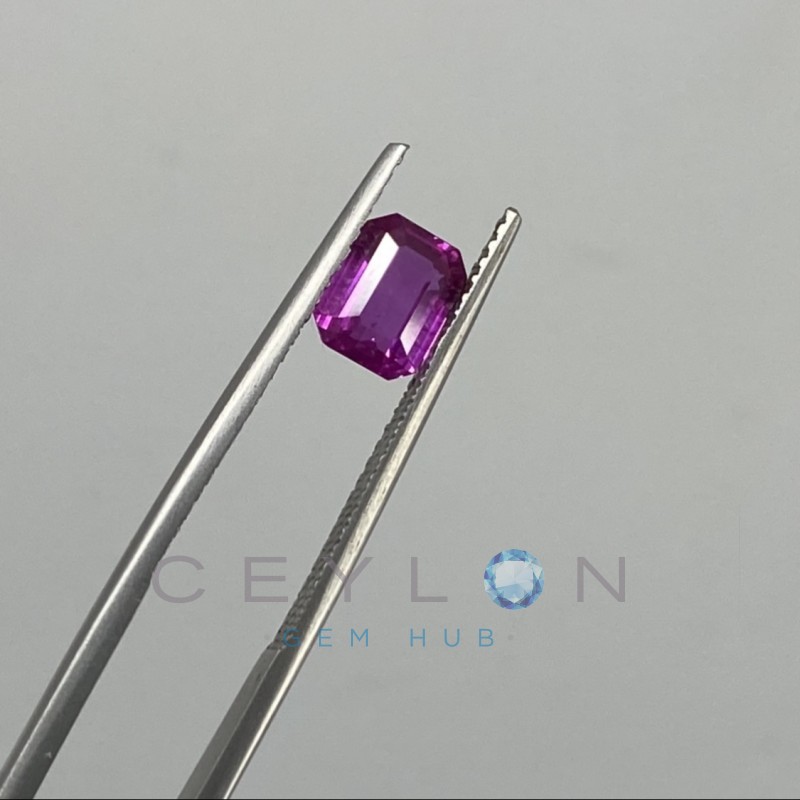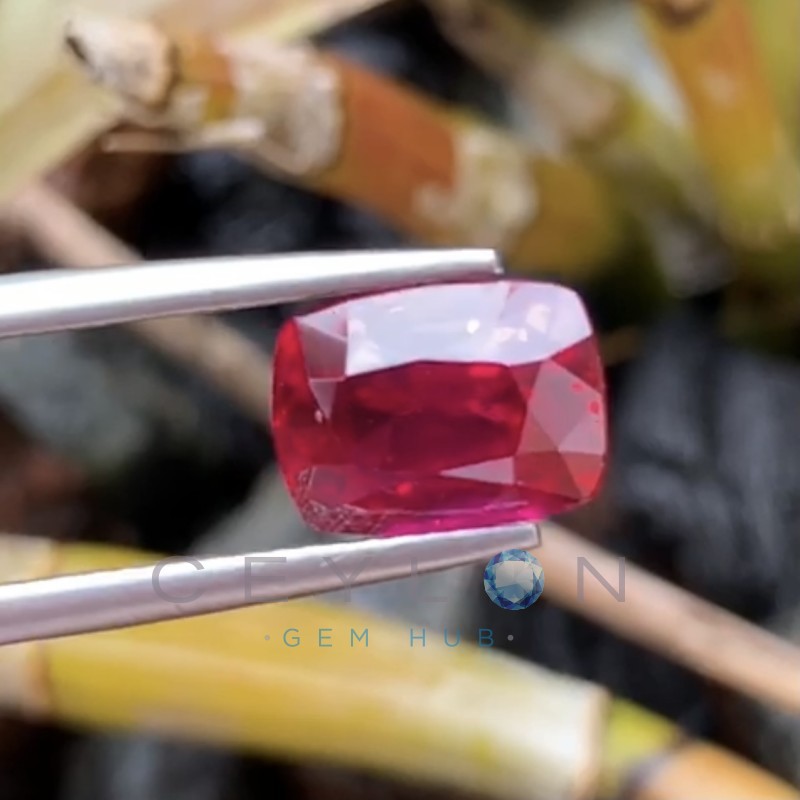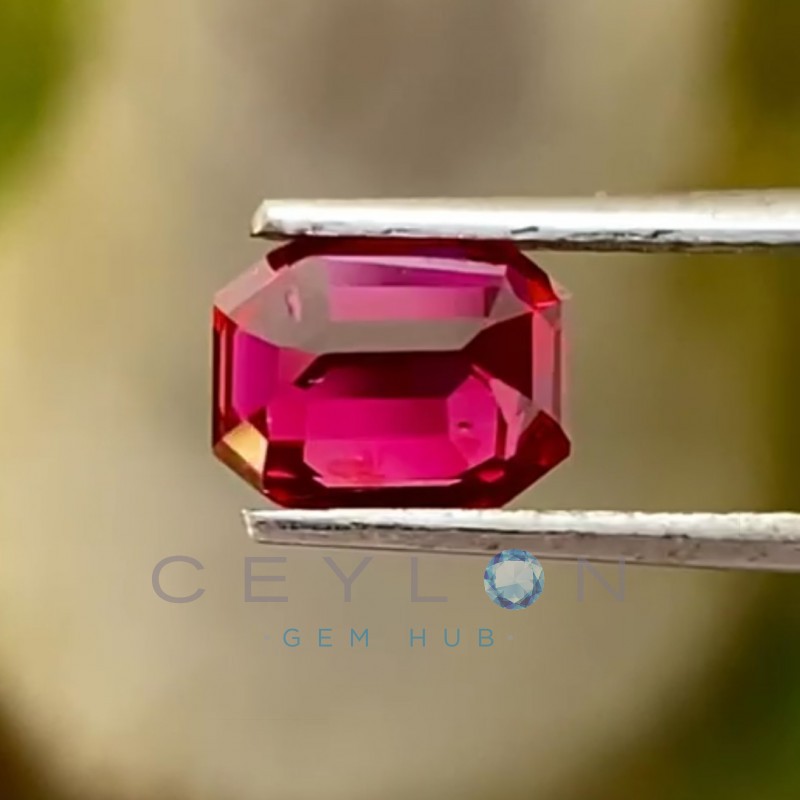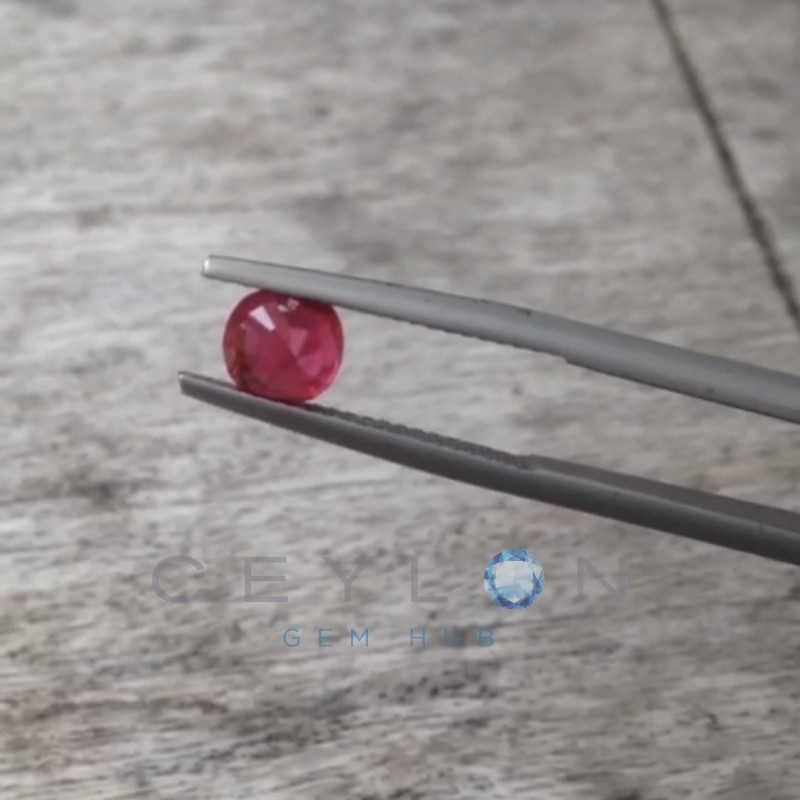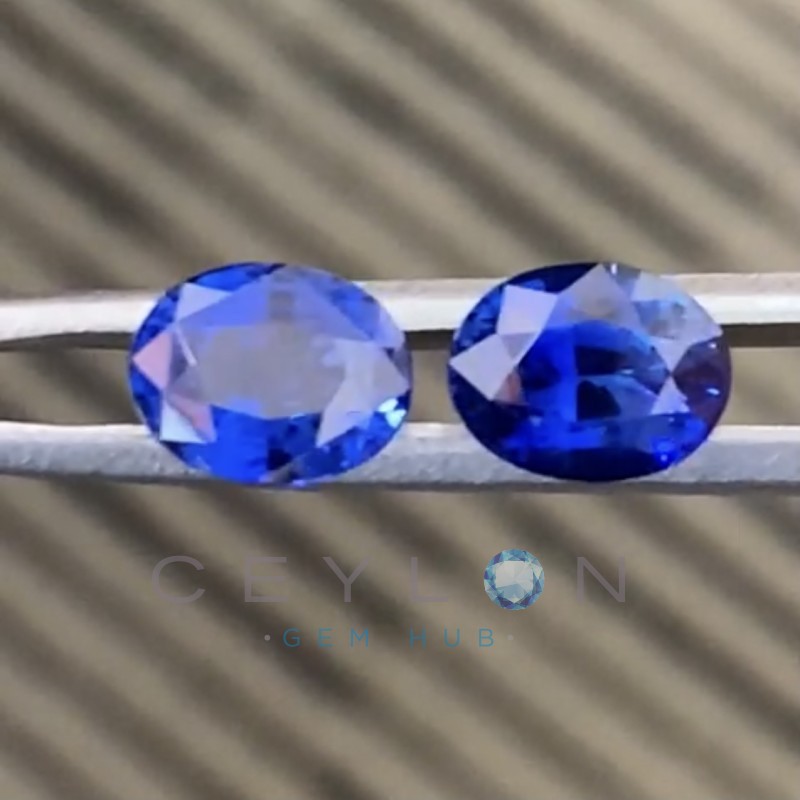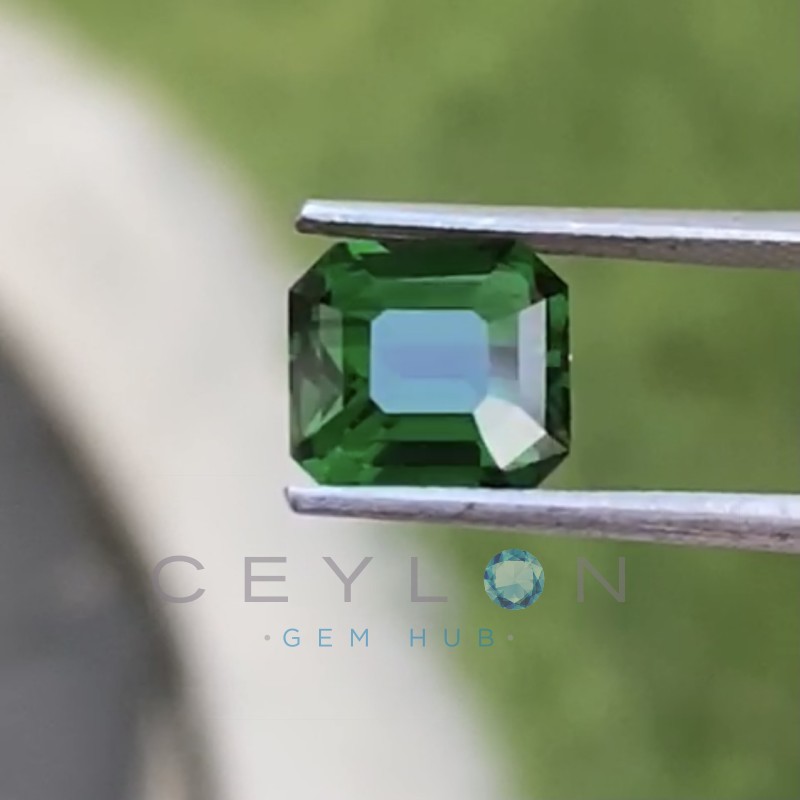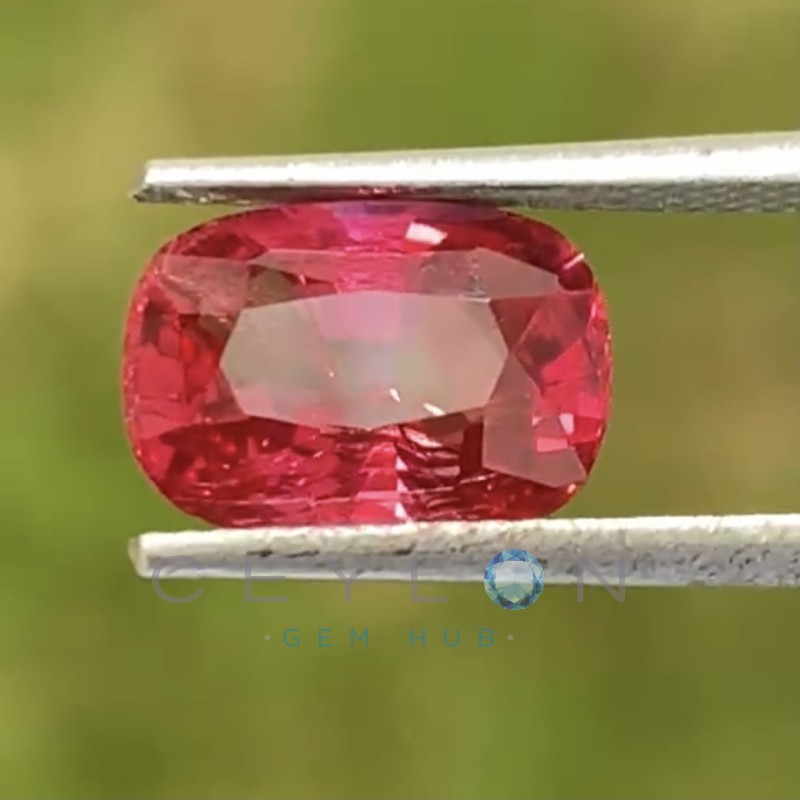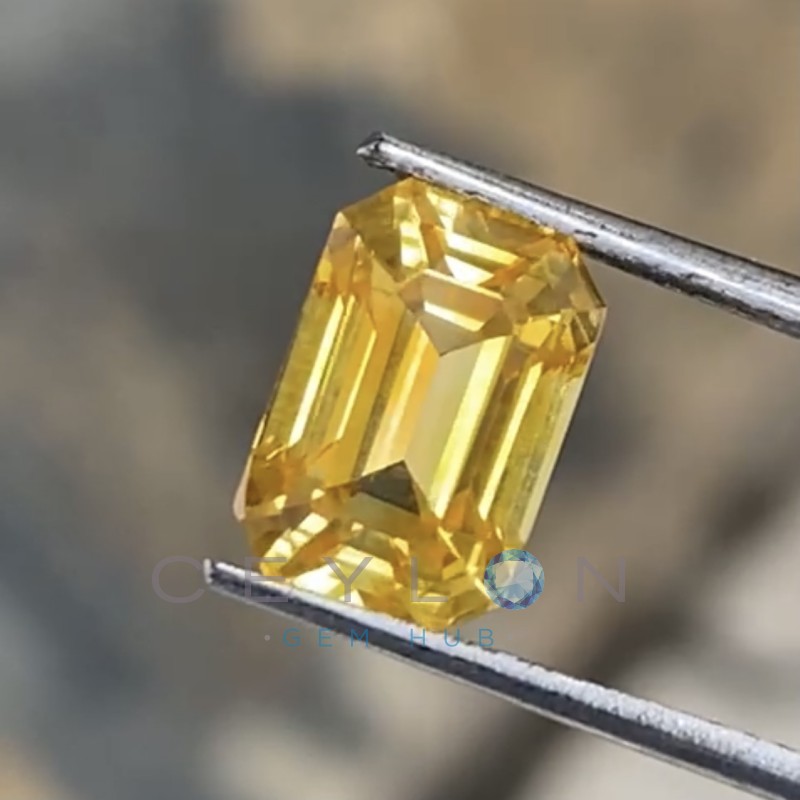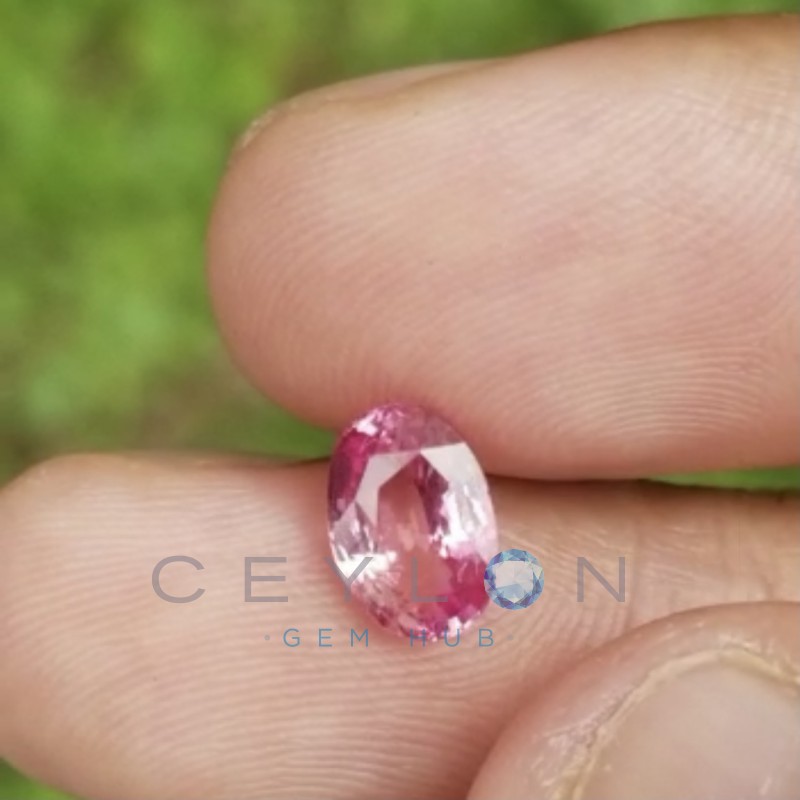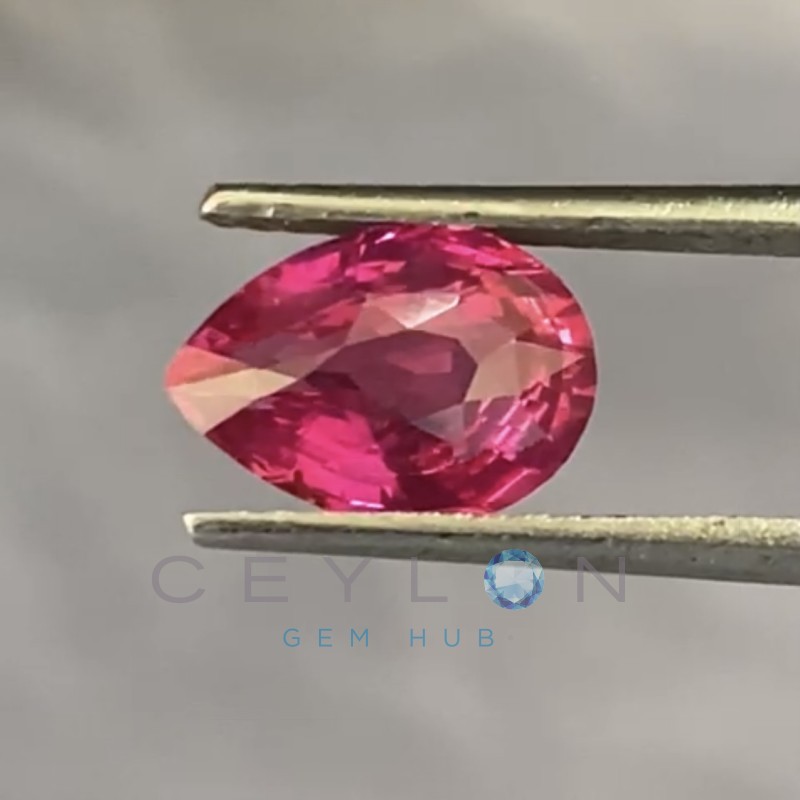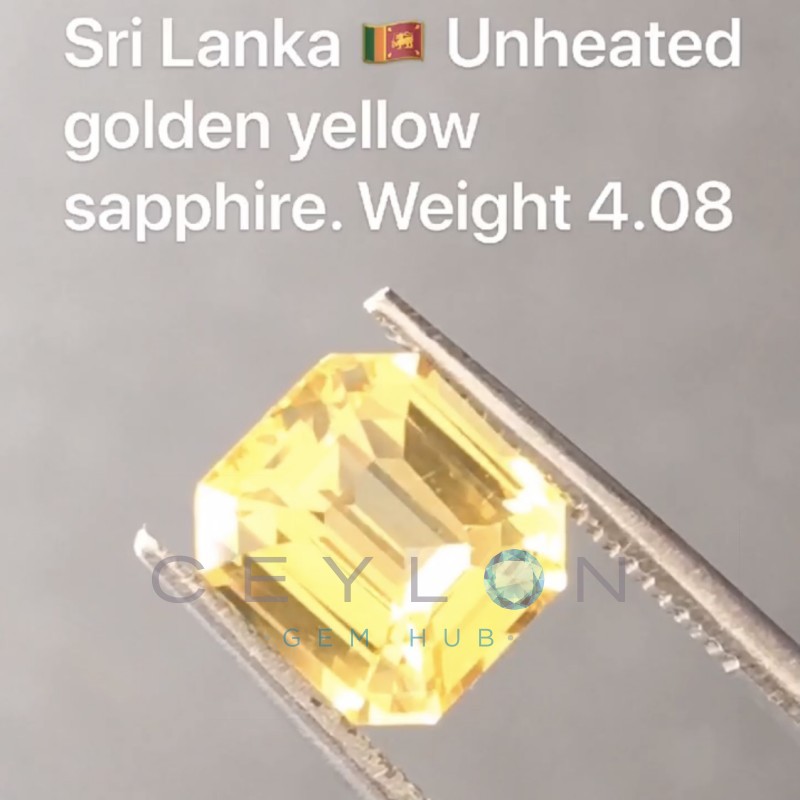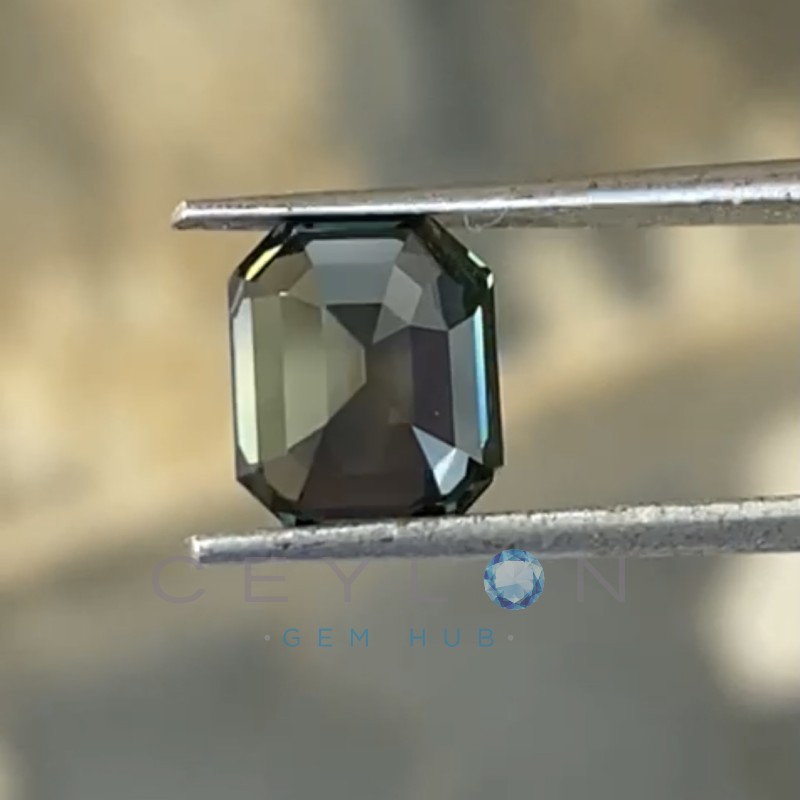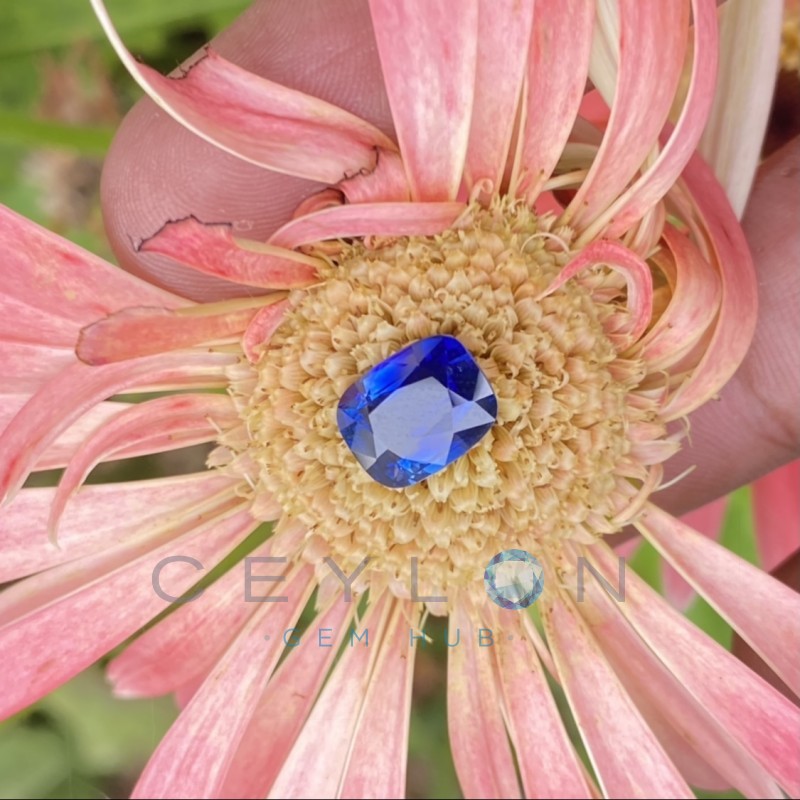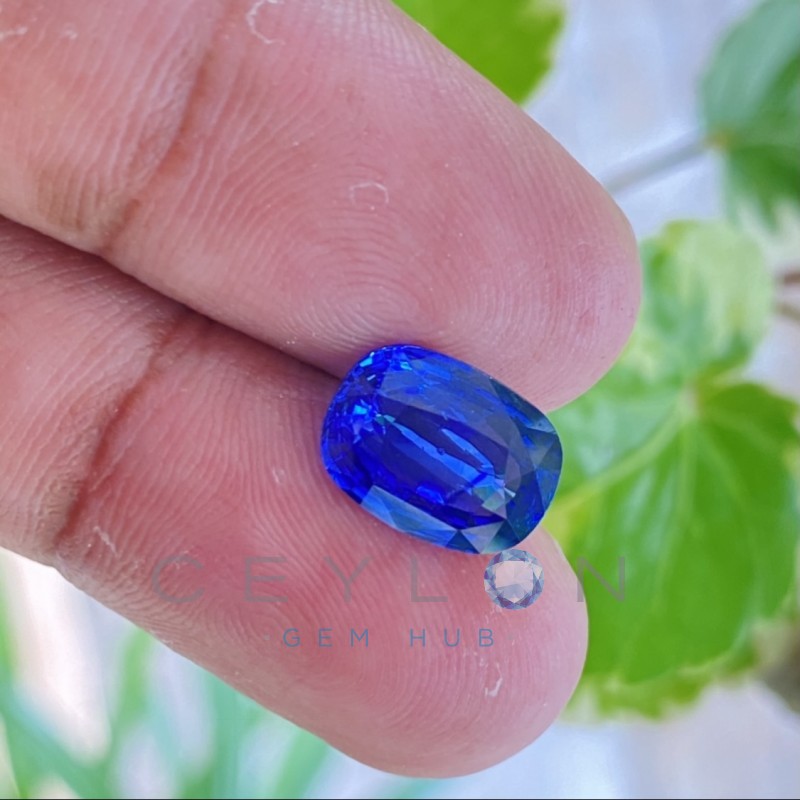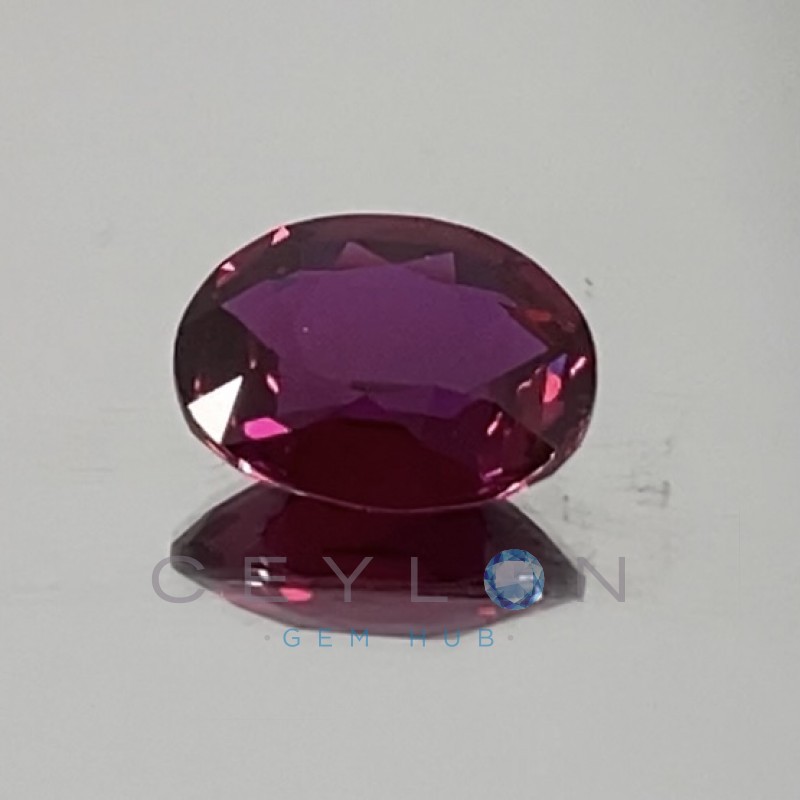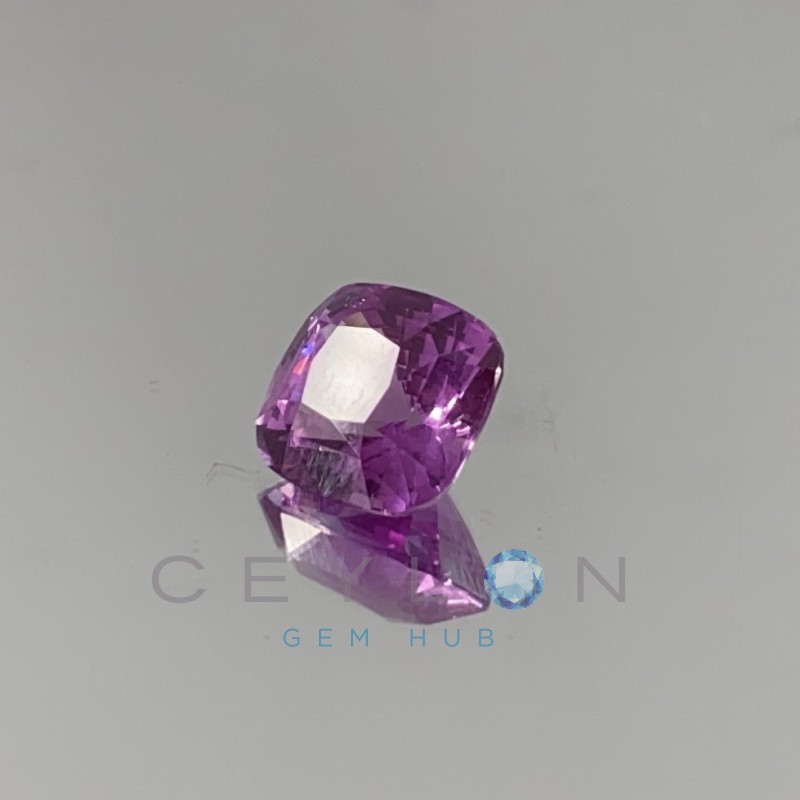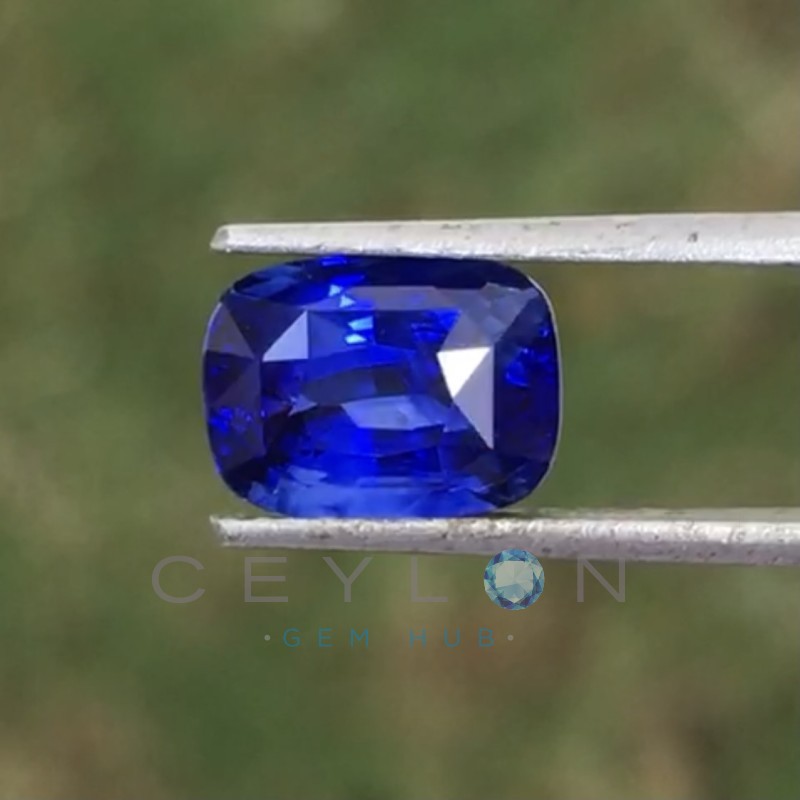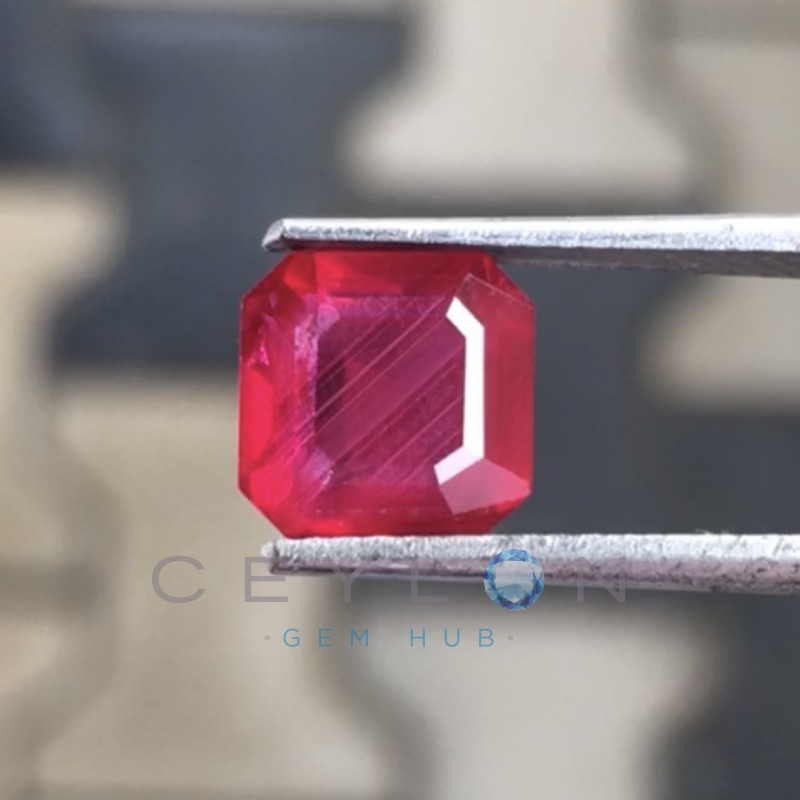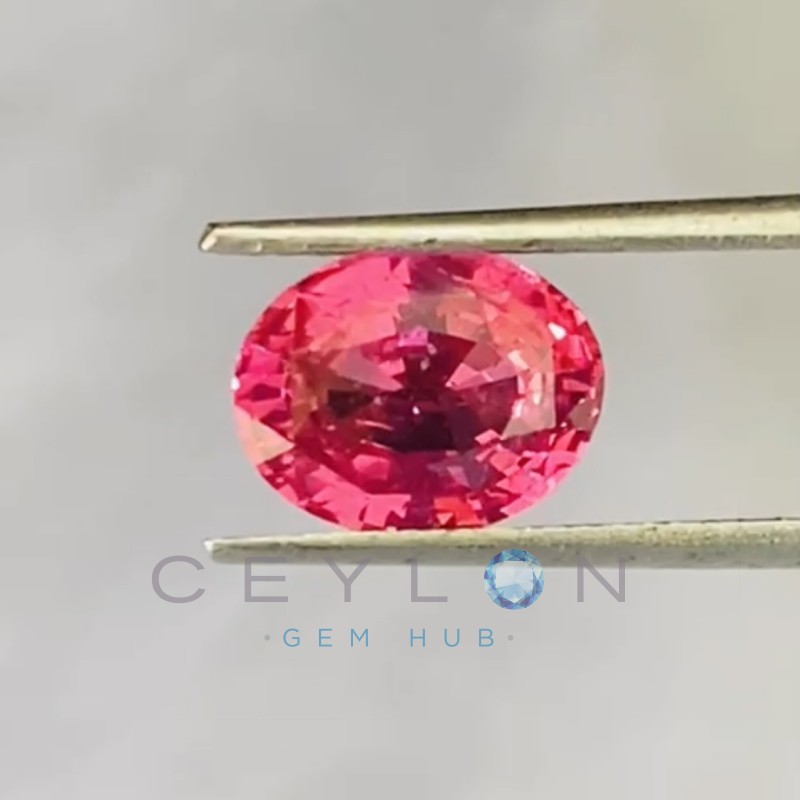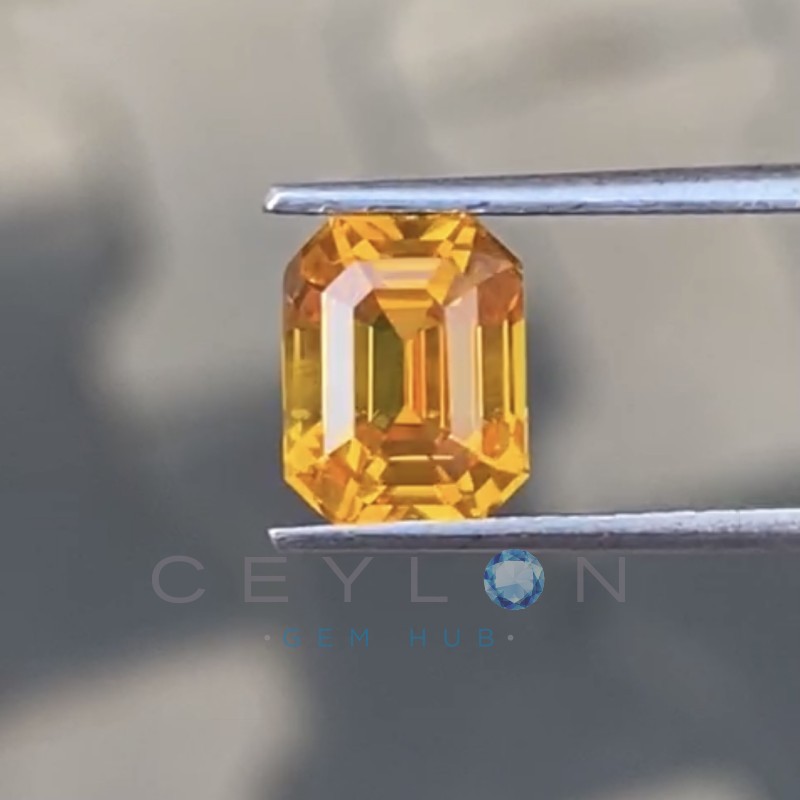There are several intrinsic factors that decides the value of a gem stone such as weightage, colour, type (precious or Semi-precious), clarity, cut, purity, brilliance and others like market value per carat, reputation of the seller, origin of the stone, beliefs, value in the sight of the buyer simply because of the overwhelming magnetism with the wearer of the jewel.
Most of the inexperienced buyers usually request for Gem lab Report which provides crucial information about the stone that lists the weightage, colour, cut, clarity, indication of heart treatment ,some even indicate dimensions, origin., whether the stone is natural or synthetic or inconclusive in the case of too clean stone where the gem technicians cannot make any judgment.
Sapphire buying Guide
Sapphire generally occurs in different colours, Blue being the popularly known among all other colour varieties include Yellow, Pink, Pinkish orange (Padparadscha), Purple, Orange, Lavender, Green, colour less. Each of these colour have their own classes based on their colour intensity and saturation. All sapphires are from the same family of corundum (Al2O3). The Red coloured corundum are called Ruby (Ratna Raj) meaning Kings of Jewells long associated with royalty for its intense red colour and rarity. Sapphires hardness makes them scratch resistant and it the second hardest mineral next to Diamond.
The value of a sapphire is decided on qualitative factors such as Carat (weightage), Cut, Clarity, and Colour. There are instances where mineral inclusion in the crystals can create different types of sapphires called star sapphire created asterism (six rayed star) effect. These qualitative factors can have differing values which can change person to person making the values derived from these appraisals subjective. Generally value of these sapphires varies every day in different market. This is because the actual price of sapphire or any gemstone is decided by seller who is willing to sell at price and the price buyer willing to pay. This can change drastically from one person to another or market to market. However the underlying qualities that principally decide the price of a gem stones rarity, carat, cut, colour and clarity which should be sought before purchasing any sapphires. This is merely a guide and actual buying is not simple as buying gold or platinum where setting standards are relatively easy.
Spotting Natural, Synthetic, and Treated stone
Naturally occurring sapphires are extremely rare. There rarity and beauty makes them as the highly valued minerals from the earth. The demand for these sapphires are so great where synthetics (artificial stones) are common in the market. Sapphires are heat treated under different techniques to obtain clarity for Geuda (milky stone) and to enhance colour saturation to receive higher price per carat. Therefore an inexperience buyer should always request for a gem laboratory report before purchasing sapphires.
Untreated sapphires naturally demand higher price compared to heat treated stones in all nations without exception. Therefore a buyer should be aware whether the stone is treated before the deal is finalized.

Colour.
Blue sapphires, Padparadscha (Pinkish sunset orange) are highest priced sapphires by it colour. Since sapphire occurs in many colours the pricing differs market to market and according to the colour taste of by individual buyers. Generally coloured sapphires with saturation is commands higher price than "Steely" light coloured stones. The saturation can be in blue which has its own sub categories referred as Royal blue, Peacock Blue, Corn flower blue, velvet blue, indigo which are more favoured flavours in the blue sapphire category.
The Padparadscha can colour tone is more complicated to describe. Thought it appears in various colours actual that attracts individual varies person to person. Ideal colour of Padparadscha is the combined colour of pinkish sunset orange. The stone having this colour and having Sri Lanka origin can value even $30,000 per carat. Some laboratories provide certification as Padparadscha although pinkish tone dominates the stone. Therefore, a buyer need to exactly know what colour tone in Padparadscha he is looking for.
Other colour in the sapphire family are called fancy tones and the value of these are not fixed due to its rarity and less popularity
Clarity
Transparency is related with the ability of light to travel through the sapphires. Since the sapphire belong to Type II category meaning the stones appear naturally with inclusion. If a buyer is looking to buy sapphires besides star sapphires. He or she should ideally look for the stones without inclusion. Eye clean well cut sapphires will higher market price for stones compared to that with inclusions.
Gem stones like blue sapphires with darker tone are not highly valued compared to deep blue brilliant lustrous blue sapphire. Finding good clarity in the blue sapphires can be challenging requiring equipment and lights sources directed and the stone and eye kept in different distances.
Clarity in light coloured stones such as yellow sapphires, Pink, Padparadscha, Purple plays a significant effect on the prizing as their lower colour intensity easily reveals the inclusion making the stones less desirable among the customers.
Weightage
Similar to rubies and sapphires also rare. Although Sri Lanka produced the world’s largest sapphires it is scarce to find high calibre sapphires without inclusion. Price increases hikes can be multiple times provide the sapphire meet the qualities such as lustre, free from inclusion, vivid colour, and translucence and well cut.
Therefore, multiple characteristic must be considered before purchasing a sapphire as mentioned above. However if the buyer is to purchase star sapphires the asterism effect occurs mainly due to inclusion in such case the clarity of the stone become irrelevant.
Ruby Buying Guide
Ruby is called Ratna Raja (king of Jewels) is generally considered as the most valuable of coloured stones for its vibrant red colour, rarity and exceptional quality. It is considered to be the second valuable and hardest stones in the line of Diamond, Ruby, Emeralds and Sapphires. Ruby is a pink to blood-red coloured gemstone from corundum (Al2O3) mineral family similar to sapphires except for colour due to chromium. Rubies are extremely rare to be found without inclusions and impurities even in high valued stones therefore a ruby with eye clean generally command higher price compared to other types of stones.
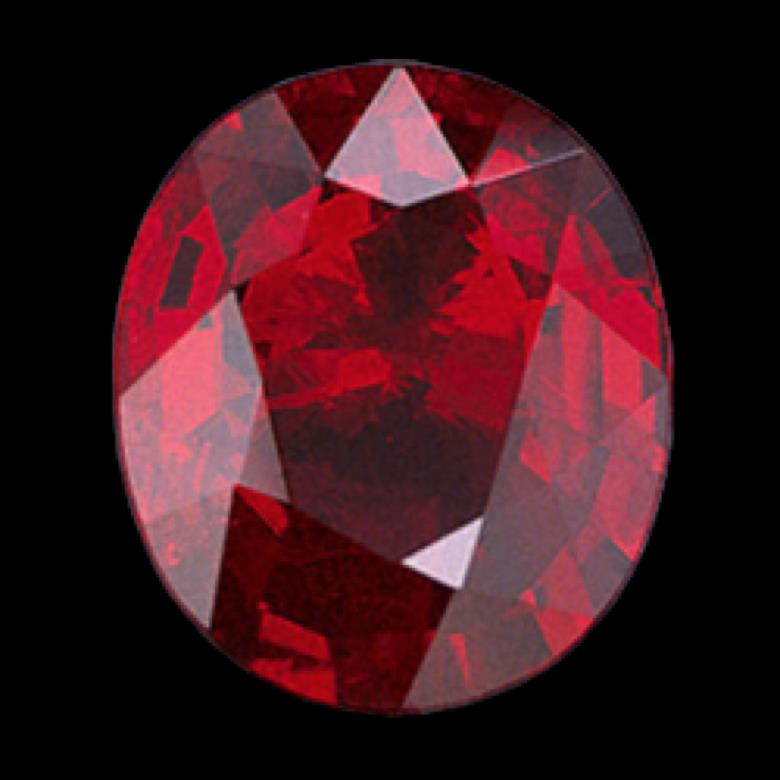
Colour
Colour is the single most important factor deciding the price of ruby than clarity. A pigeon blood colour (vivid red) having the Burmese origin command highest price of all rubies and its very rarity is so great that synthetics are common in the market, thus obtaining certification before buying becomes crucial.
The vivid red colour is associated with power, energy, Love, passion, protection, prosperity and strength since ancient times. A well cut pigeon blood, un-heated ruby is considered to be the premium of its kind. Rubies are subjected to heat treatment than any other stones to enhance colour. Heat treated rubies are considered to be less valuable than of natural occurring Rubies in Asian countries. The Europeans and Americans are less concerned about heat treatment than its colour and clarity.
Customers must first settle their taste within their budget. A fine quality, rare gem stone will cost more than a larger gemstone with inclusions and inferior quality. Nature rarely give birth to extraordinary quality jewels so there is a virtuous reason for their high price.
Carats
Clean rubies over 2 carats are rare and the price of ruby rockets with each carats increase. The price per carats double or triple with every carat increase. Unlike blue sapphires that occurs in huge sizes rubies does not, making rubies extremely valuable. Largest ruby, Crimson Flames 15 carat Pigeon blood ruby is sold for record price of $18 million at $1.2 Million per Carat in Christies back in 2015. The price per carat can be in millions provided the ruby free or with minor inclusions and the weight exceeds 10 carat.
Weightage
Similar to rubies and sapphires also rare. Although Sri Lanka produced the world’s largest sapphires it is scarce to find high calibre sapphires without inclusion. Price increases hikes can be multiple times provide the sapphire meet the qualities such as lustre, free from inclusion, vivid colour, and translucence and well cut.
Therefore, multiple characteristic must be considered before purchasing a sapphire as mentioned above. However if the buyer is to purchase star sapphires the asterism effect occurs mainly due to inclusion in such case the clarity of the stone become irrelevant.
Alexandrite Buying Guide
Alexandrite is the most sought after gemstone for its kind. It’s extreme rarity and characteristic of colour change is makes it the most desired stone since 1830. The stone exhibit Green in sun light and Reddish in incident light where the source of light is yellow to reddish.
Alexandrite’s this colour changing phenomena makes it very rare and even the artificial stones are expensive. The price for alexandrite is decided based on number of factors yet the intensity of colour change makes the huge difference in the prices.
Colour
Alexandrite should exhibit emerald green to peacock blue in the sun light and reddish of ruby under incident light or amethyst hue. The colour change of these stones are described as a percentage for instance if the entire stone changes it colour under different lighting condition it considered 100% colour change which is hardly unusual to come by. Highest quality alexandrite will exhibit a change percentage of 83% to 94% in meaning some facets or parts in the stone will not respond with a colour change.
A quality alexandrite will display 74% to 85% colour change when the stone has a darker tone which are more responsive to the colour. In most cases alexandrite will show 45% to 65% colour change. However a buyer should be extremely careful about the light source. A light with 5000 to 6500 kelvin temperature will emulate day light and 3000 to 3300 kelvin temperature will resemble reddish incident light. Intensity of the light will have effect on the colour change where the buyer should exercise diligence. Therefore, the value for alexandrite is primarily decided by the intensity of colour change.
Clarity.
Alexandrite do not come eye clean in most of the time. The colour changes are intense in the stones with inclusion and impurities. A Buyer need to reconcile with the clarity and colour change before he or she buy a stone.
Cut
Since typically Alexandrite occurs with inclusions and their rarity makes the seller to focus more on retaining the weight. Most Alexandrite are not well cut but the cushion cut, oval cut, round cut are common.
Weightage
Alexandrite above 1 carats are rare enabling them to command higher price with increase weightage. Stones generally with higher carats exhibit lesser colour change and clarity. Therefore, making exceptional sized above 8 carats are extremely valued.


